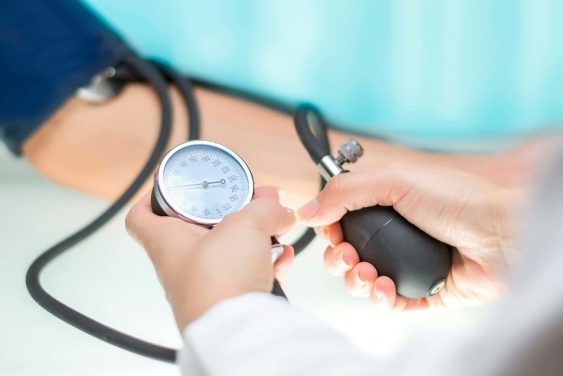White coat hypertension: What it is and how to control it
The white coat hypertension (WCH), also called Isolated Systolic Hypertension, describes the transient increase in levels of blood pressure in the doctor or healthcare environments. In medical terms it is a hypertensive reaction caused by the presence of the practitioner or nurse when blood pressure is measured. A phenomenon that means that the measurements made in the doctor’s office or in the hospital show higher levels than outside these spaces. White coat hypertension does not mean be hypertensive, if that is not well controlled with treatment. Nevertheless;
What is it?
When blood pressure is at levels considered normal at home or in normal environments, but rises to levels of hypertension in the medical office or hospital, we may be facing the so-called white coat hypertension. It is estimated that 3 out of 10 adults in our country are hypertensive, and of these, between 25 and 35% of cases, according to medical data, also presents the phenomenon of white coat hypertension. It is important to emphasize that it is not a disease, simply an alert reaction or a reflex caused by the mere fact of measuring the pressure in the doctor’s office and that causes levels to increase.
White coat hypertension, although it is more frequent among the elderly and among women, can occur at any age.
Its causes are not known, although it is true that in most cases it is related to the stress, nervousness or uncertainty that causes in some people to go to the doctor.
But, as we noted earlier, white coat hypertension may be a warning sign of increased cardiovascular risk. The study was published in the Journal of the American College of Cardiology, which states that in some patients white-coat hypertension is the warning of isolated systolic hypertension, a situation that occurs when diastolic blood pressure is normal but the systolic blood pressure is too high, which increases the risk of cardiovascular disorder or suffering from a stroke.
What to do?
It is important to know the actual values of blood pressure, so in these cases, and especially if a hypertension is suspected, the doctor will recommend doing self-measurement at home. This allows accurate data collection of blood pressure levels at different times of the day. In fact, it should not be forgotten that blood pressure fluctuates, being higher in the morning and decreasing in the last hours of the day. If the person is already receiving a treatment to control hypertension, the home self-measurement confirms that the appropriate doses are being administered.
